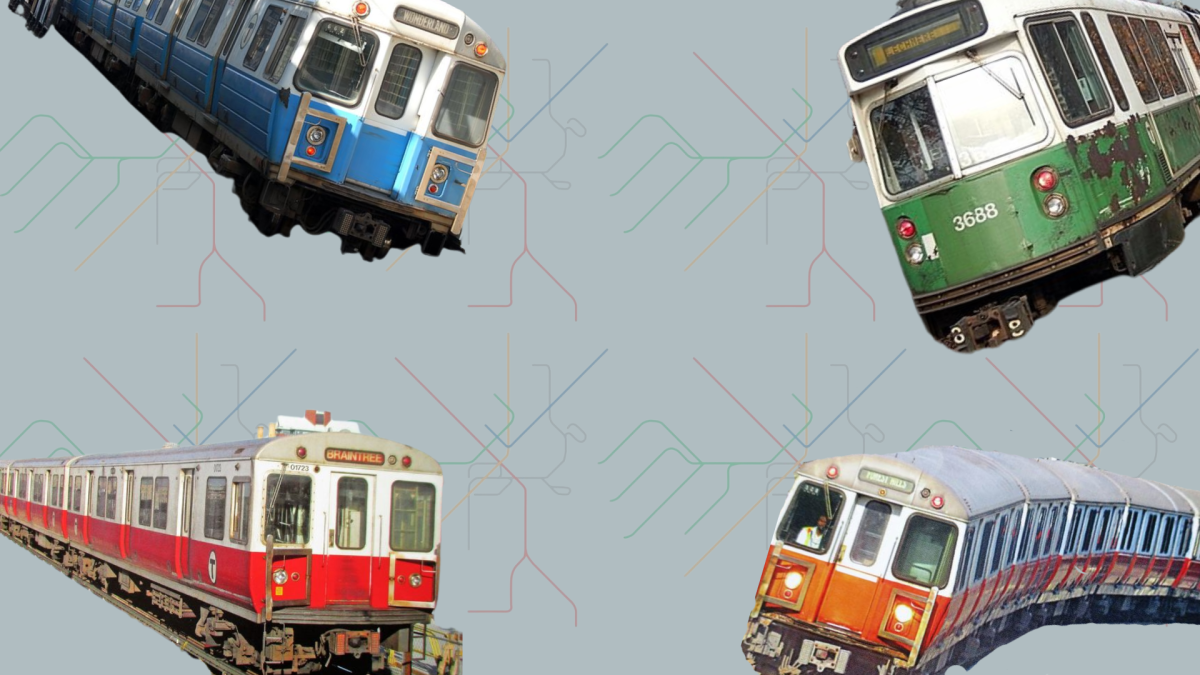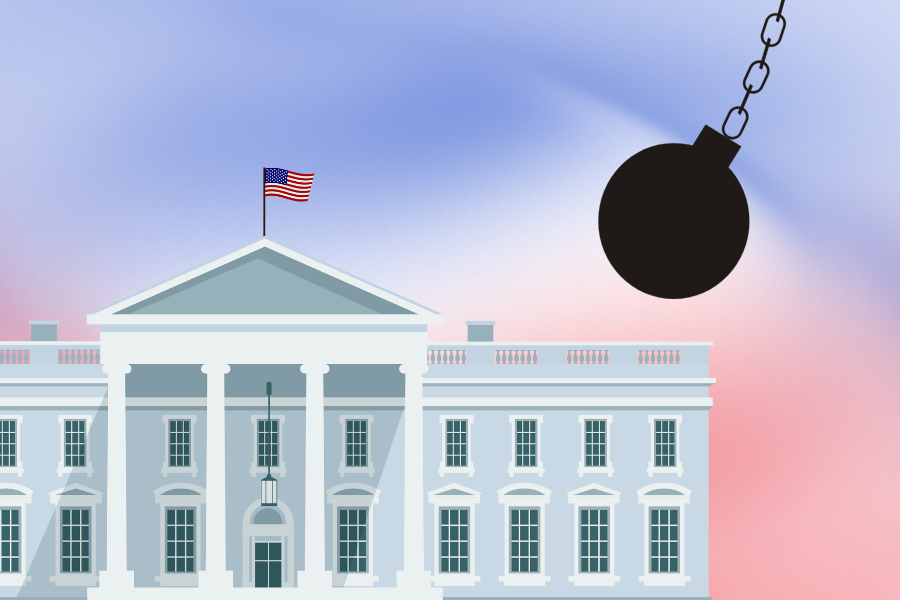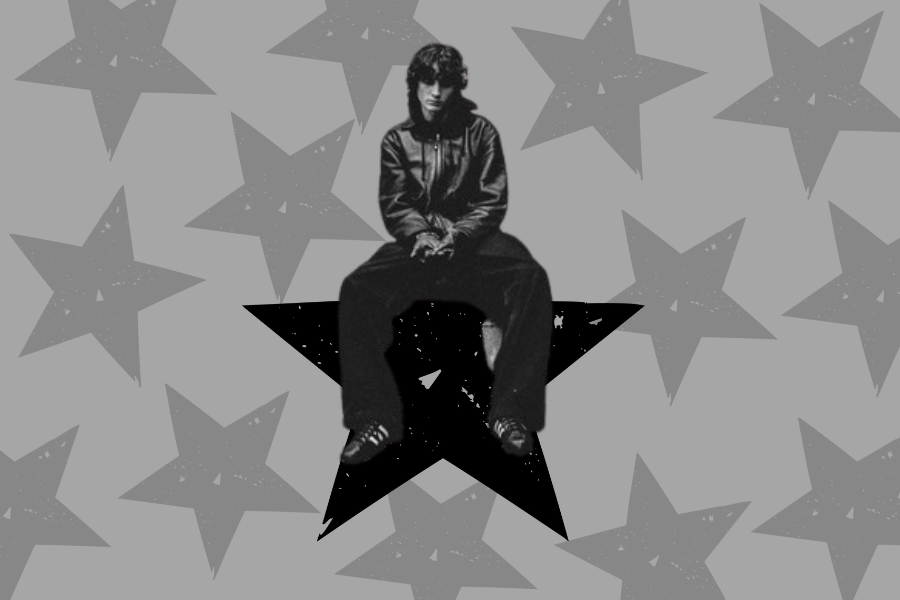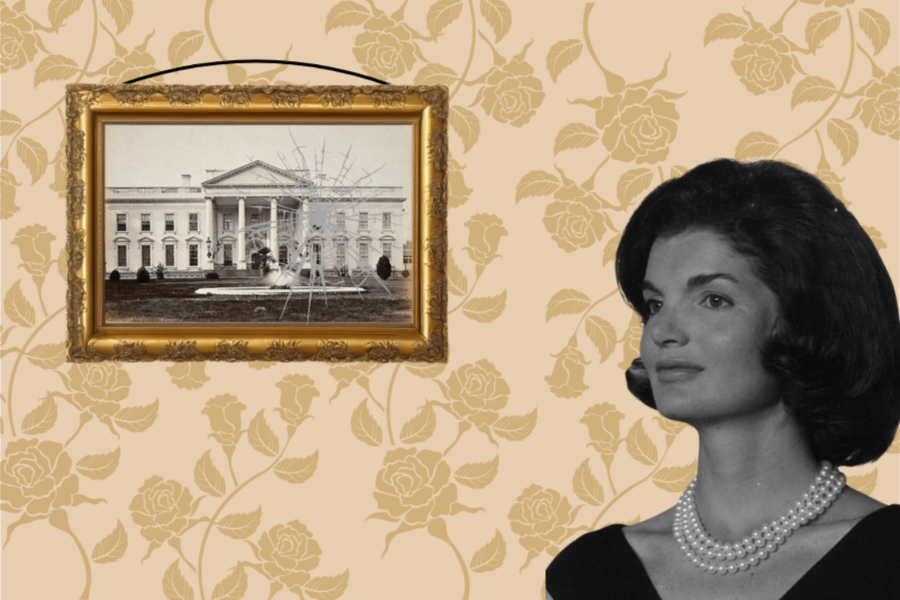I love going to school in Boston as a college student. There are so many activities off campus, like new restaurants in the North End, concerts in the Fenway area or even just traveling out to East Boston where a number of my friends have off-campus apartments.
But one of the downsides to living in the city is the inconvenience of not having my car because though it’s just collecting dust in my parent’s driveway, it would not be affordable or sensible to pay for parking in an overpriced garage, or even use it as a mode of transportation with the traffic flow.
Plus why pay all the parking fees when it would cost me $2.40 to get from Government Center to Fenway on the Green Line anyway? Or the same price to take me from Park Street on the Boston Common all the way to North Quincy on the Red Line.
It sounds like a perfect system, right? Of course, some delays will occur, some maintenance every once in a while but a shuttle bus or two will cover it. With four subway systems, a bus line and two major stations in the North and South End housing commuter rails to the depths of Massachusetts or even Amtraks stretching all the way to New York City or Washington D.C. it sounds like a foolproof system of transportation options.
But the one fatal flaw is the fact the trains make their final laps of the tracks at 1 a.m., while the rest of Boston is still wide awake. Though it’s not coined as the city that never sleeps, Boston has a number of activities besides just hanging out with friends that stretch past the last train leaving each station, leaving the city’s citizens and a majority of the area’s college students, without an affordable and safe way to get home.
Alternatives may be to call an Uber or Lyft, and though there are plenty of respectful and trusting drivers, Uber had 48 new assault cases opened within just the month of November in 2024.
Boston is a walkable city though, so maybe a stroll could suffice? But there are unfortunately people to be afraid of in a big city at night, no matter if you’re a female presenting young adult who has been told time and time again not to walk alone at night, or a group of tall fit middle-aged men. You never know who could be around the next corner and with the streets emptier at later hours, the risk of unsafety increases.
The last option would be to drive if someone has their own car, but at such a late hour, GBH reported an increase in drunk driving when the train systems stopped running.
So with all of these variables, why would Boston withhold a 24-hour public transportation for just short of a century?
“Over the years, lower funding has meant less capacity for maintenance of the T. Now,
maintenance crews have an overwhelming amount of repairs to tracks and trains, and often use the hours between 1 a.m. and 5 a.m. to complete them,” said Jeremy Sigel, a GBH reporter.
Along with the convenience of late night and early morning construction, it also takes away the constant delays it would add during the commuting hours, heaviest in midmorning and early evening for those working, going to school and living in Boston.
However, an efficient system balancing the construction and funding of the T system would not only make Boston a safer city but one its citizens and tourists could enjoy more and at a more affordable price.
So though it would take some problem-solving, what I would assume be a significant increase in finances and some trial and error, the reinstatement of a 24-hour subway system is needed for the city of Boston to create a more secure and comfortable community so its people could take advantage of one of the most expensive cities in the United States and all it has to offer.










